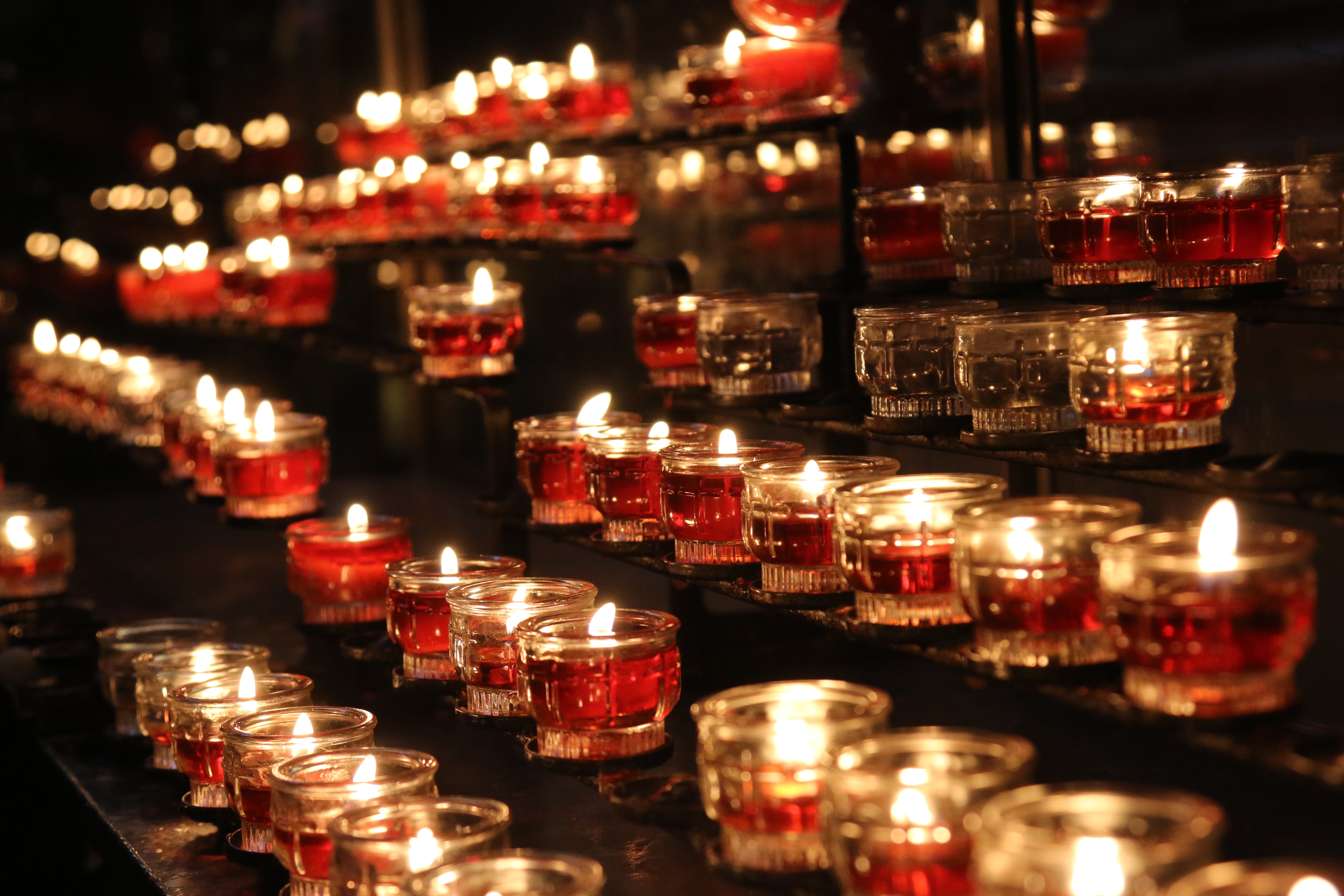Inmali Burial
"You mean, they leave their dead out on the ground for the wildlife to eat them? That's disgusting!"
"Well, it's not like they can dig a hole through the permafrost to bury their dead. And in Inmalenor lighting a pyre isn't always a great idea, or even possible. Do you have any better ideas?"
The Inmali Tribes believe that there's a division between the soul and the body, and that when the soul leaves the body all that is left is an empty shell. The ritual is more for the soul than the body. The Inmali death ritual isn't a burial per se, but as the humans came into contact with the Inmali Tribes for the first time and observed this unfamiliar ritual they called it a burial. That was what they called their own death ritual, after all.
Although it's a sad time when someone dies, and the family and friends of the deceased are grieving, the ritual itself is considered a positive and warm event.
Execution
The Body
For the Inmali Elves, the body doesn't mean anything else than a vessel for the soul. A dead body, which is soulless, has no value for them. It is transported away from where people are, and left out to be eaten by wildlife. It's believed that the body should be returned back to nature after a soul has used it for one lifetime.It is considered bad behavior to look at a dead body which has been given back to nature, so if a naked dead body is found on the taigas of Inmalenor it's considered proper to walk in a large circle around it and not bother it.
The Soul
The first whole night after a death, a memorial service is held for the dead person's soul. The deceased's whole tribe is welcome to this vigil, and since there usually aren't that many deaths in a tribe each year most of the tribe usually show up, even in the larger tribes. The vigil is led by the tribe shaman, who starts and end the vigil with a traditional prayer where the soul of the deceased is wished an easy and trouble-free journey to the World Between Lives.Many candles are lit to keep the room where the vigil is held light through the night, and also helps keeping the room a bit warmer. Attendees can also light their own candles in memorial of the deceased - these personal candles are meant to help the soul of the deceased to find their way to the word between lives. It's expected that everyone who show up bring something to eat and drink. This food and drink is meant to be shared with everyone present. Usually someone bring huge casseroles to these vigils, so there's not been many vigils that has run out of food. Usually a vigil end up with too much food for one night, and the spare food is donated to the close family of the deceased to make the time after the vigil a bit easier. Making food when grieving is not easy, so this little gest of goodwill is always accepted with gratefulness.
Other than eating, the vigil is spent talking about the dead person's life, and all the fond memories people have about the deceased. It's considered bad etiquette to mention memories that put the deceased in a bad light - there is a time and place for everything.
After the vigil, it's considered common courtesy to wait at least two years until the deceased is criticized in front of close family and friends of the deceased. There's no hard rule on this, but most people respect this courtesy.
Components and tools
To hold a traditional Inmali burial ritual, one need a large enough room to fit the whole tribe, a large amount of candles, and food and drink. The room can be a large tent in non-permanent camps, or the meeting hall in permanent camps. Most of the candles are from the tribe's ritual assets, but personal candles for helping the soul find its way is brought by the one who will use them. The food is brought by everyone in attendance, and the general rule is to bring at least enough for one person.
Participants
The most important role is the one of the shaman, who leads the prayers in the beginning and end of the vigil. Without the prayers there will be no real ritual, and although the soul probably would find their way the road to get there will be hard and full of obstacles.
The family and close friends of the deceased are also key persons, and play an important role as tellers of fond memories.
The family and close friends of the deceased are also key persons, and play an important role as tellers of fond memories.
Related Ethnicities




I liiiiiiiiiike it! The bad luck thing is a real nice touch and the entire article gives me a good view into their culture. If you twisted my arm for some feedback, I'd consider perhaps some more images, maybe a side panel with common variants or contextual variants (like during war, plague or a rain of sentient pancakes). Well done! :D
Creator of Araea, Megacorpolis, and many others.
Thank you for the feedback! :D
I'll think about the sidebar idea - it's a really good idea! And I'm planning to having more illustrations overall, I just need to get time to sit down and actually create images for everything :3
It definitely slows things down but I really love the header. It instantly got me in the funeral mood.
Creator of Araea, Megacorpolis, and many others.